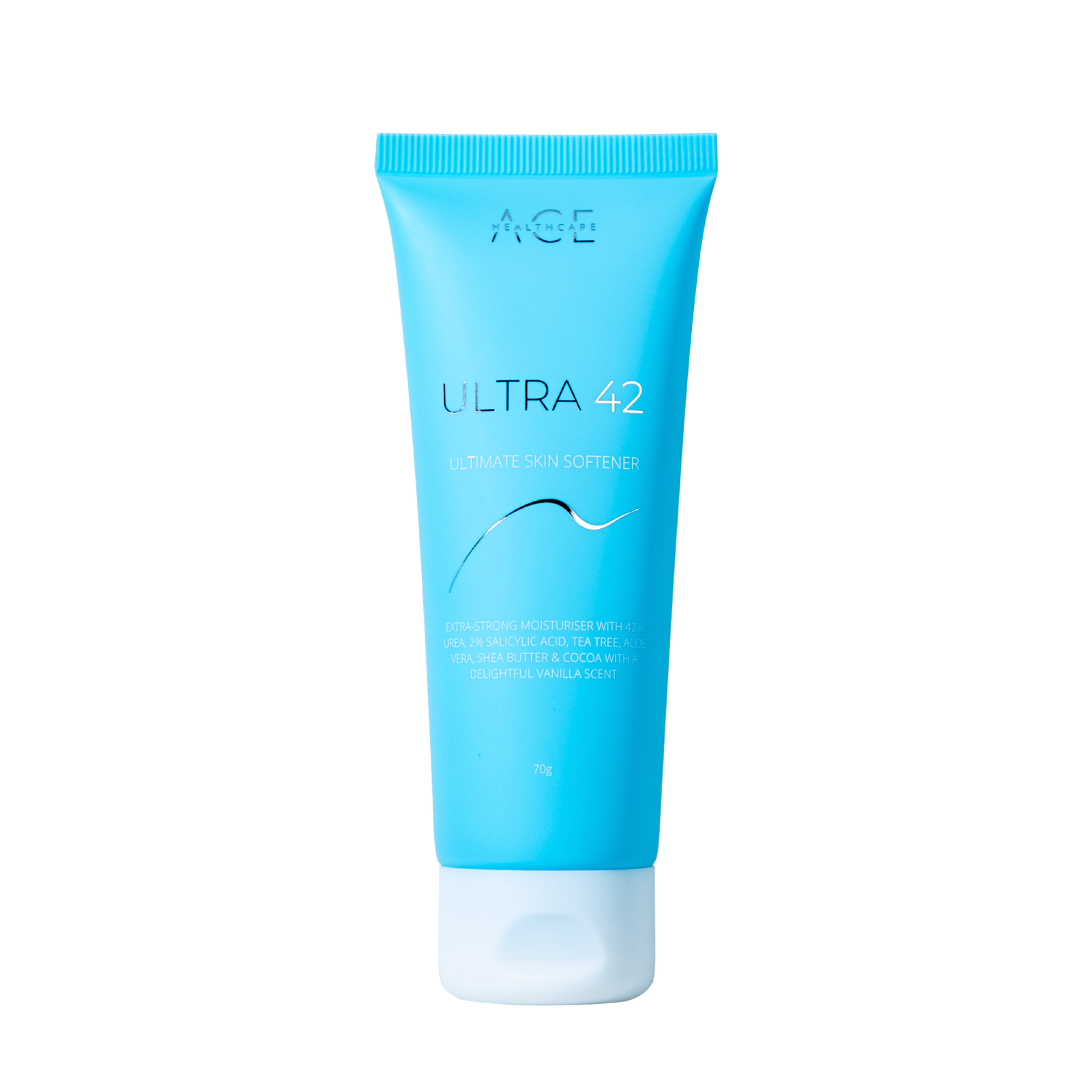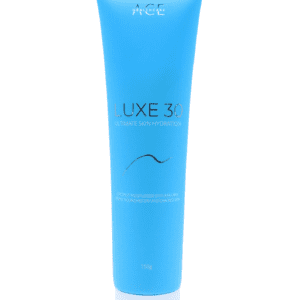Foot pain can be debilitating, especially for the older demographic. One common cause of this discomfort is a heel spur. But what exactly is a heel spur, and how can it be treated? Let’s explore the specifics to help you manage and alleviate your foot pain.
What is a Heel Spur?
A heel spur is a bony growth that develops on the underside of the heel bone (calcaneus). These growths are usually the result of calcium deposits that build up over time. Heel spurs often go hand in hand with plantar fasciitis, a condition characterised by inflammation of the plantar fascia, the ligament that runs along the bottom of your foot.
Symptoms of a Heel Spur
Heel spurs themselves may not always cause pain. However, when they do, the symptoms can include:
- Sharp pain in the heel when standing up in the morning
- Chronic heel pain that persists throughout the day
- Inflammation and swelling at the front of the heel
- Heat radiating from the affected area
It’s important to consult a podiatrist if you experience these symptoms. A podiatrist specialises in diagnosing and treating conditions related to the feet and will be able to provide a comprehensive treatment plan.
Causes of Heel Spurs
Several factors can contribute to the development of heel spurs, including:
- Prolonged strain on the foot muscles and ligaments
- Excessive walking or running, especially on hard surfaces
- Poorly fitting shoes that fail to provide adequate arch support
- Obesity, which puts extra pressure on the feet
- Aging, which leads to decreased elasticity in the plantar fascia
Understanding these causes can help you take preventive measures to avoid developing heel spurs.
Treatment Options for Heel Spurs
Treating a heel spur often involves a combination of methods aimed at reducing inflammation and alleviating pain. Here are some common treatment options:
Non-Surgical Treatments
- Rest and Ice:
Rest your feet and apply ice packs to reduce inflammation and pain. - Proper Footwear:
Invest in shoes with good arch support and cushioned soles to minimise impact. - Orthotic Inserts:
Custom orthotic inserts can provide additional support and help distribute pressure evenly across your feet. We stock a full range of orthotic inserts suitable for different footwear, activities and foot complaints. - Physical Therapy:
Stretching exercises can improve flexibility in the plantar fascia and strengthen the surrounding muscles. - Medications:
Over-the-counter anti-inflammatory medications can help manage pain and inflammation.
Surgical Treatments
In severe cases where non-surgical treatments fail to provide relief, surgical intervention may be necessary. Surgery typically involves removing the heel spur and releasing the plantar fascia. Consult with your podiatrist to discuss whether this option is suitable for you.
Prevention Tips
Preventing heel spurs is easier than treating them. Here are some tips to keep your feet healthy:
- Wear supportive, well-fitted shoes
- Maintain a healthy weight to reduce pressure on your feet
- Incorporate stretching exercises into your daily routine
- Avoid walking or running on hard surfaces for extended periods
If you’re looking to incorporate stretching exercises into your routine, we recommend the Fasciitis Fighter. It was designed to provide relief in ongoing plantar fasciitis and heel pain symptoms. You can view our full range of exercise products here.
Conclusion
Heel spurs can be a significant source of foot pain, particularly for older adults. However, with proper diagnosis and treatment, you can manage the symptoms and improve your quality of life. If you’re experiencing persistent foot pain, don’t hesitate to consult your podiatrist for a tailored treatment plan.
As always, if you have any serious concerns about your feet or lower limbs we encourage you to visit your podiatrist. If you are based on the Gold Coast, we highly recommend our friends at ProMed Podiatry for their holistic approach to foot health.






